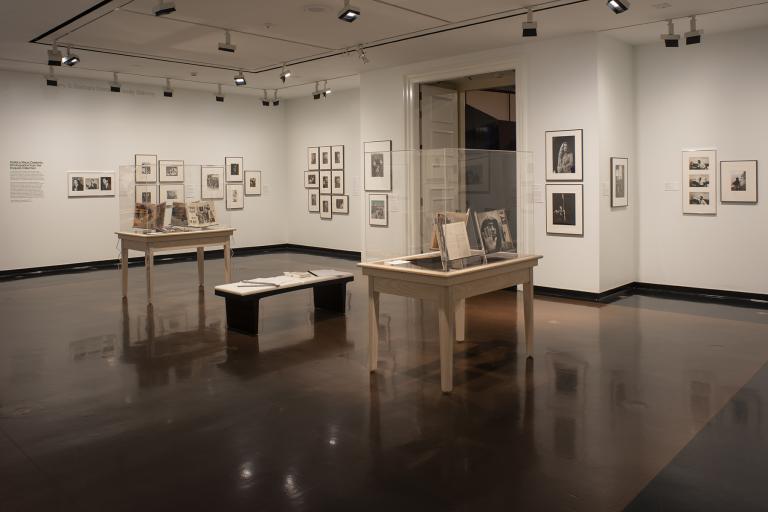“There may be no such thing as a perfect stranger after James Baldwin has passed through. In public places he seems open to the world at large, stranger or friend, and listens actively as he talks.", Robert Adelman
Artwork Overview
Robert Adelman, artist
1930–2016
“There may be no such thing as a perfect stranger after James Baldwin has passed through. In public places he seems open to the world at large, stranger or friend, and listens actively as he talks.",
circa 1964
Portfolio/Series title: "Everybody Knows His Name," published in Esquire magazine, August 1964
Where object was made: New York, New York, United States
Material/technique: gelatin silver print
Dimensions:
Image Dimensions Height/Width (Height x Width): 16.8 x 31.9 cm
Image Dimensions Height/Width (Height x Width): 6 5/8 x 12 9/16 in
Sheet/Paper Dimensions (Height x Width): 22.2 x 35.4 cm
Sheet/Paper Dimensions (Height x Width): 8 3/4 x 13 15/16 in
Mat Dimensions (Height x Width): 16 x 20 in
Image Dimensions Height/Width (Height x Width): 16.8 x 31.9 cm
Image Dimensions Height/Width (Height x Width): 6 5/8 x 12 9/16 in
Sheet/Paper Dimensions (Height x Width): 22.2 x 35.4 cm
Sheet/Paper Dimensions (Height x Width): 8 3/4 x 13 15/16 in
Mat Dimensions (Height x Width): 16 x 20 in
Credit line: Gift of Esquire, Inc.
Accession number: 1980.1032
Not on display
If you wish to reproduce this image, please submit an image request



